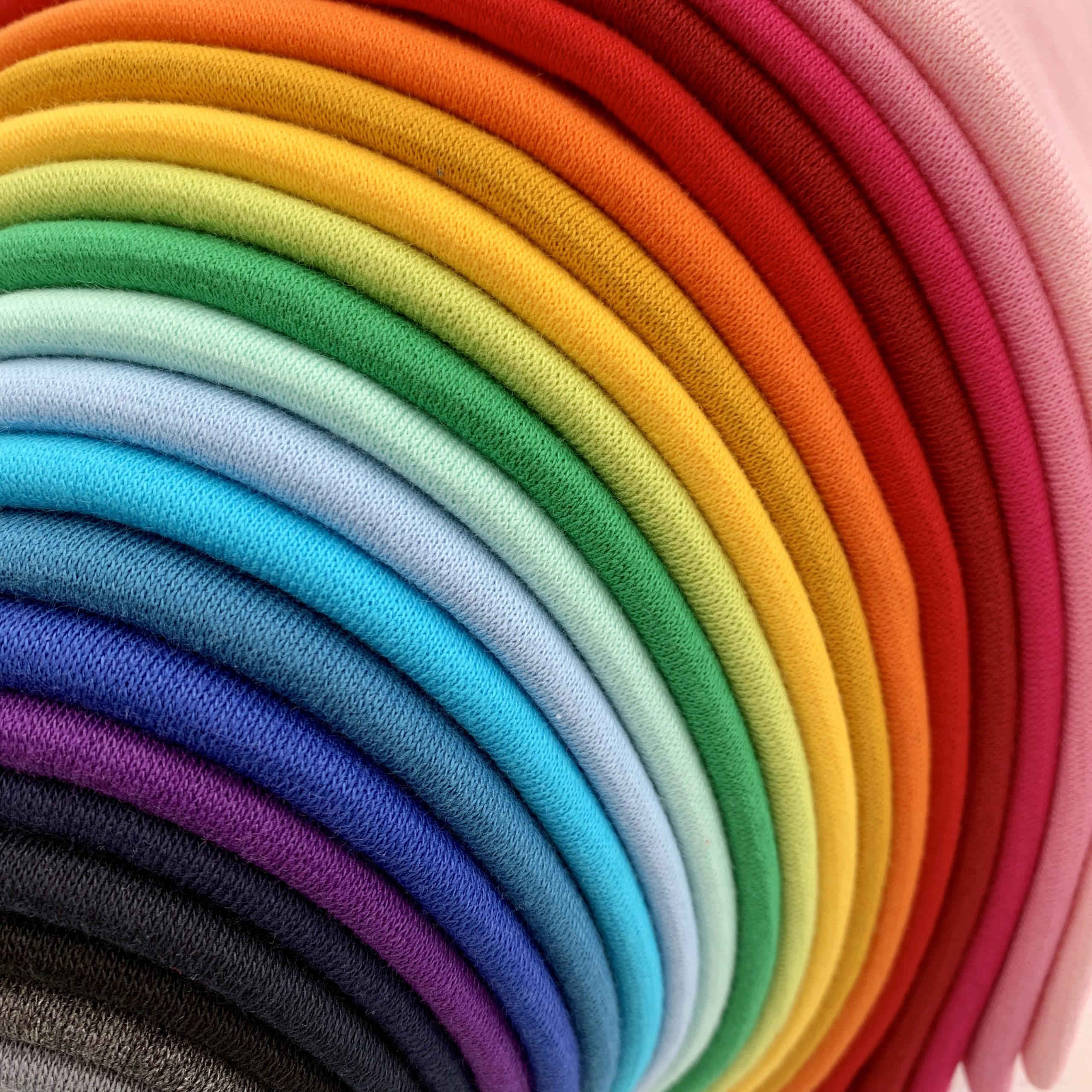
Sewing with Jersey.
Sewing with Jersey fabrics isn’t as hard as you believe. Fortunately, Jersey fabric is simple to take care of and keep looking great. If you’re using a Jersey fabric you don’t actually need to hem at all as the fabric doesn’t fray so you can give basic patterns a try without worrying about finishing touches.
Cutting your fabric.
The most essential thing when cutting jersey fabric isn’t to stretch it. If you stretch the fabric as you cut it then you will end up with a distorted piece when you let it relax again.
Starting to Sew.
If a knit has a quantity of Elastane also called elastane or spandex, think about using a stretch or ball point needle instead of a standard all purpose needle. There are a couple of things which you should do to make sewing knits on your sewing machine more enjoyable. The right needle is one, Stitch choice is another. Stitch choice is important if sewing knits. Because most knits are soft and very stretchy, they can be hard to sew with if you don’t understand what you should do differently than when sewing with other forms of fabric.
Take a moment to look at your machine set up and which stitches are recommended for knit fabric. Many people choose to sew Jersey on an overlocker but you don’t have to, you can use a stretch stitch on a standard machine instead. Stretch stitches are usually a long thin zig zag offering movement when the garment is stretched and preventing the thread from snapping. However just because you just have only minimal stitch options at your disposal doesn’t mean that you ought to avoid knits altogether. It is far easier to use a long straight stitch until you get more experienced or locate your groove with knit sewing. It wont give quite the strongest of stitches but can be just fine for baggy clothing or items with elasticated waistbands.
Gently ease your pattern pieces together taking care not to overstretch one piece leading to a wobbly seam when it relaxes. Some people find that a walking foot is very useful for preventing one layer moving more than the other. It can also prevent napping of the fibres which can give a sheen finish under a standard foot.
Needles can break if they aren’t right for the application that you are using them for. Play around with off cuts of your fabric to see how they respond to your needle and stitch choice. Utilizing a ballpoint needle lowers the chance of skipped stitches you might observe when sewing. A typical ballpoint needle is perfect for most knit projects.
A twin needle will provide you with professional looking hems. It is your best bet if trying to imitate the look of a coverstitch. A coverstitch finish is how shop produced items are hemmed with two rows of stitching on the front and a looped stitch on the back. Most domestic sewers will never have need of a coverstitch machine but can easily pop a twin needle in a standard machine to replicate the look. Twin needles do take a little practice to get your machine tension right and prevent a look called tunneling where the fabric raises between the two lines of stitching.
Get to understand what sort of needles are out there. Knowing you’re using the right needle is merely one less variable to be worried about. Much like any other tool, sewing needles will gradually wear out and will need to be replaced from time to time.
Use wonder clips instead of pins to hold your fabric together. These won’t break the threads of your fabric like pins can.
After you sew with knits you are going to be surprised at how simple and versatile knits are. Jersey knits can have different kinds of stretch, so take that into account when selecting. Single knits (like jersey) have a superior quantity of stretch and arrive in a variety of fibers including polyester, rayon, silk, cotton or wool.
Sewing is a fantastic hobby. Because for most of us, it is a hobby, and it isn’t meant to be frustrating you want to start with getting the basics right. Ensure success by making sure your fabric has the amount of stretch recommended on your pattern. A common stretch quantity required is 40%. Fabrics with a Elastane content of 5% or more will usually meet this requirement but you can check it by testing it yourself.
Not sure how to do that? No problem. Here’s a blog tutorial to show you how.
Once you’ve got the basics covered the best thing to do is get trying out some patterns. The more you sew with knits the more confident you will become.
Found this blog helpful? Please come back for more tips over the coming weeks. You can also join our Facebook group where you can ask questions of other sewers and get fabric and pattern support.